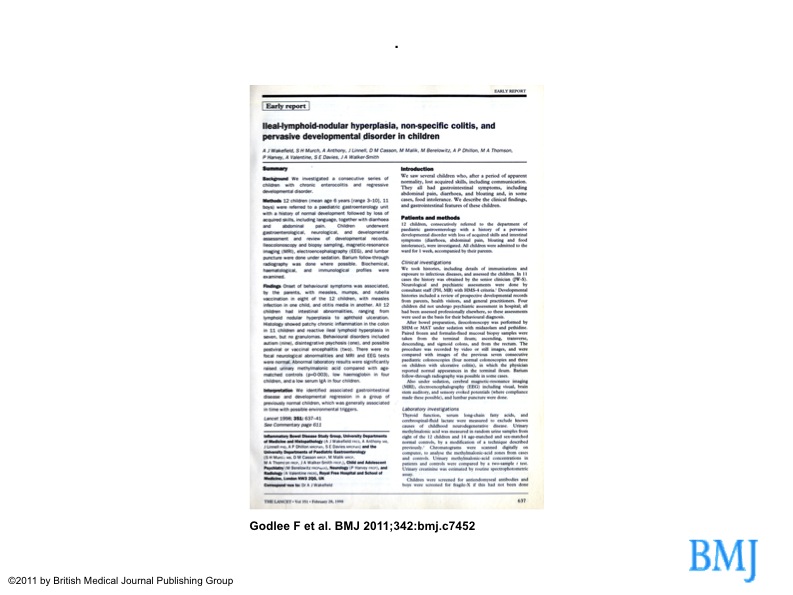
Autism spectrum disorders (ASDs) are usually diagnosed by the time a child is age 3. A diagnosis by that age may mean getting early treatment, but since there is no cure for ASDs, those affected may exhibit lifelong symptoms of autism.
At ages 4 to 5 years, normally developing children are becoming energetic and demanding preschoolers and kindergartners. at this age, dressing, undressing, and self-feeding are part of daily activities, as is swinging and climbing, somersaulting and hopping.
Language is also developing rapidly at this age; normally developing children can retell parts of stories and tell longer stories and speak in sentences of more than five words. Signs of autism at this age may be language delays (while some children with ASDs may have only slight language delays, about 40% of children with ASDs do not speak at all). other signs of autism at this age are being able to use some words and then “losing” them or repeating words over and over. Difficulty understanding body language or tone of voice or not being able to participate in a give-and-take conversation may be signs of autism.
Normally developing 4 to 5 year-olds are generally eager to please, want to be like their friends, and to be independent while also following rules. Children this age are coming into their own as unique individuals. A main impairment of children with ASDs is a social impairment that goes beyond simple “shyness” and is often combined with communication problems. Children with ASDs may not be interested in other people at all, or have trouble interacting with peers or imitating others. While all children struggle with taking turns and sharing, those with ASDs have a particularly difficult time with this concept.
While gross and fine motor skills have significantly developed at age 4 to 5, and normally developing children have a great deal of control over their movements, those affected by ASDs may exhibit repetitive motions. Rocking side to side, flapping the arms, or repeatedly turning a light off and on can be symptoms of ASDs.
In addition, some people with ASDs develop unusual routines and are upset by a change in routine.
Hyperactivity, aggressiveness, and self-injury are other behaviors that are associated with ASDs. Abnormal eating and sleeping habits, or laughing or crying at unusual times (or showing no emotion when you’d expect a reaction) are other symptoms of ASDs. Children with ASDs may fear harmless objects, but not be afraid of truly dangerous things.
Like all children, children with ASDs develop at different rates: some may exhibit language delays, others social delays. Autism is diagnosed based on observation of behavior, and often it is parents who are the first to notice behaviors that suggest an ASD.
If you are concerned that your child exhibits signs of an ASD, your first step should be to schedule an appointment with your pediatrician, who may refer you to a specialist for additional assessments. Early diagnosis is very important in securing the appropriate treatment and interventions for those affected by this disorder.